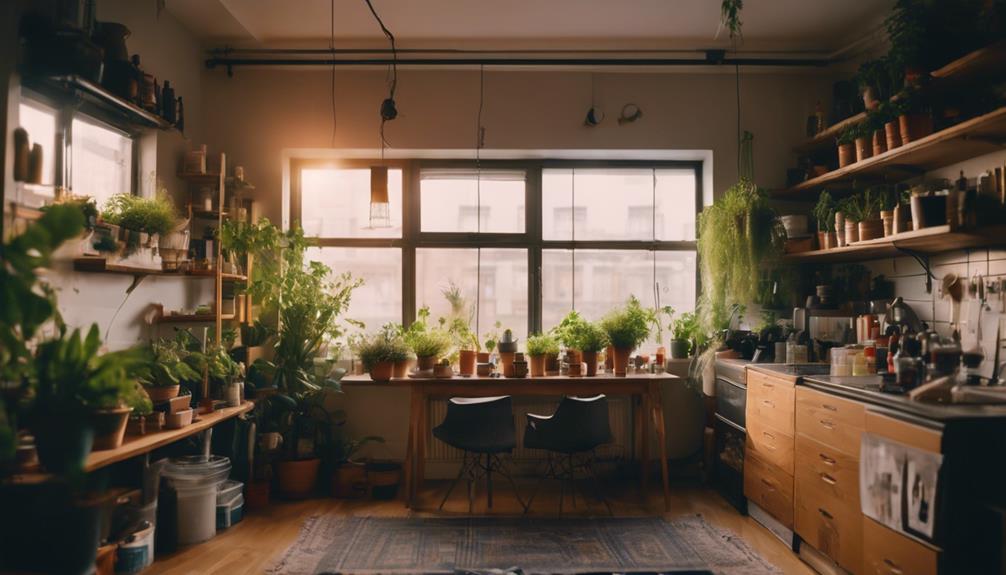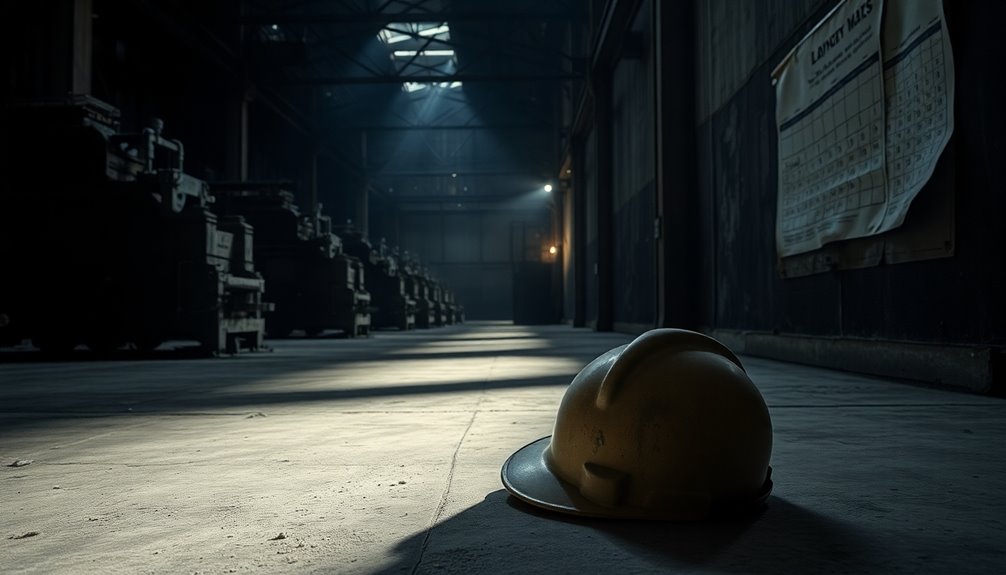You can easily transform your apartment into a survival haven by assembling a well-stocked emergency kit. Start with essentials like water, non-perishable food, and a first aid kit. Tailor your supplies based on your specific needs, including items for pets or infants. Enhance safety by installing functional smoke detectors and securing heavy furniture. Remember to update your supplies every six months to keep them effective. Familiarize yourself with local risks and establish clear evacuation routes. This proactive approach not only brings peace of mind but also prepares you for uncertainty. There's more you can do to fortify your space effectively.
Understanding Prepping Essentials
Understanding the essentials of prepping is vital for ensuring you and your loved ones are ready for any emergency that may arise.
Prepping involves planning for natural disasters and emergencies, which can greatly reduce panic when crises hit. By anticipating your needs, you can minimize recovery time and maintain a sense of control.
Familiarizing yourself with local risks enhances your preparedness, allowing you to respond effectively. Think of your emergency kit as a savings account for food and medical needs, providing peace of mind through proactive measures.
Being prepared means you're not just surviving; you're thriving in uncertain situations. Embrace the mindset of readiness, and you'll feel empowered to tackle whatever challenges come your way.
Assembling Your Emergency Kit
As you embrace a mindset of readiness, it's time to focus on assembling your emergency kit to make certain you're well-prepared for any situation that may arise.
Start with the essentials: pack a first aid kit containing band-aids, gauze, and antiseptic wipes. Include at least one gallon of water per person per day and enough non-perishable food to provide 2,000 calories daily.
Don't forget a flashlight with extra batteries and a waterproof container for important documents. Tailor your kit based on your family's needs, considering items for infants or pets.
Regularly check and replenish your supplies to make sure they remain effective. This proactive approach will provide peace of mind when facing unexpected challenges.
Specialized Kits for Different Needs
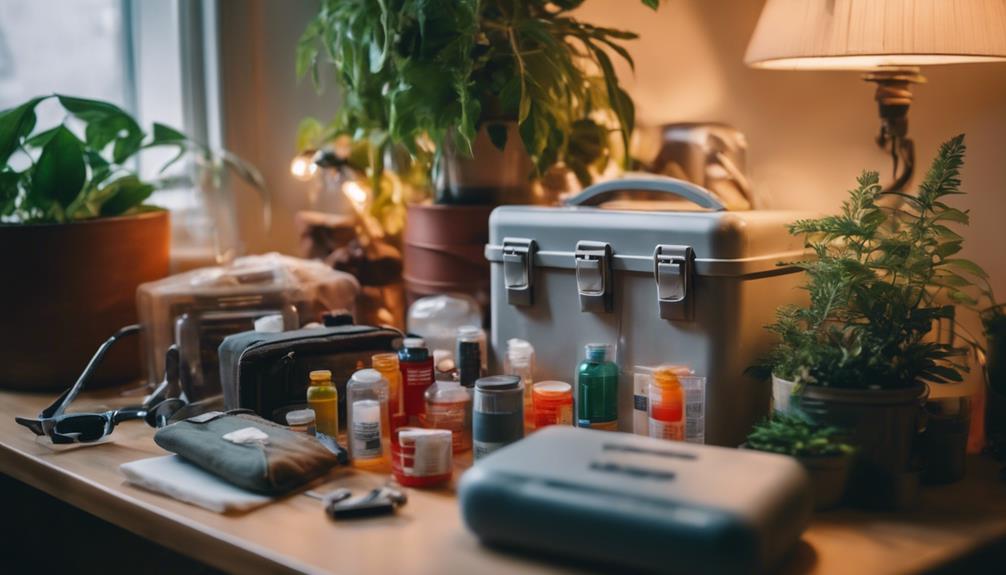
Creating specialized kits tailored to your unique needs can greatly enhance your preparedness for various emergencies.
Think about what you and your family might require in different situations. For instance, if you have pets, include their essentials. If you're frequently on the go, consider a compact go bag.
Here are some suggestions to get you started:
- Pet Care Kit: Food, water, leashes, and medical supplies for your pets.
- Travel Emergency Kit: Non-perishable snacks, a first aid kit, and a flashlight.
Preparing for Specific Disasters
When preparing for specific disasters, it's crucial to customize your emergency kits based on the types of events most likely to affect your area.
For instance, if you live in a flood-prone zone, include waterproof bags for your belongings and extra water purification tablets. In hurricane-prone regions, stock up on wind-resistant tarps and strong duct tape.
Know your local evacuation routes and shelter locations, and stay updated on weather patterns and alerts. Engage with local disaster relief organizations to understand community plans and resources.
Enhancing Apartment Safety
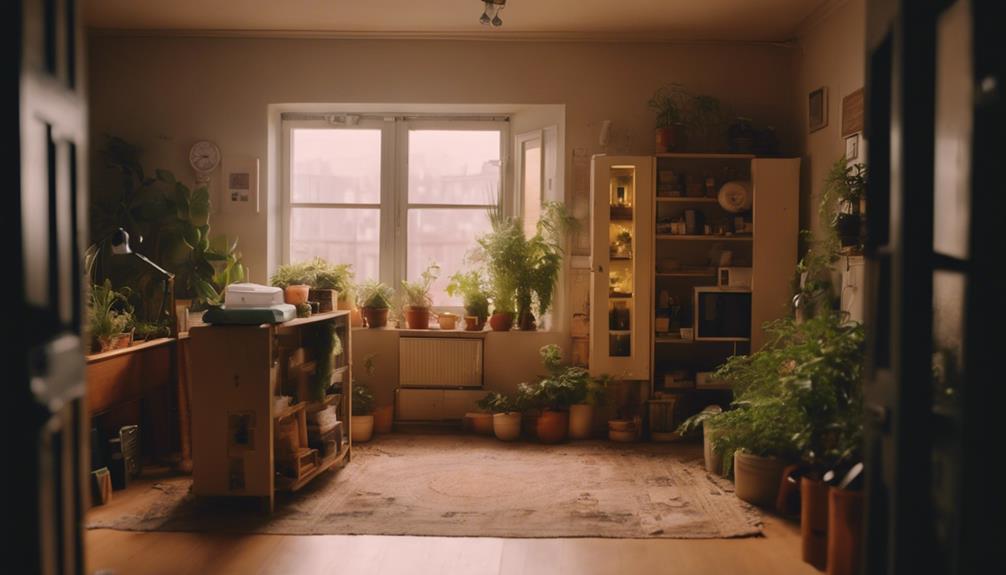
Enhancing safety in your apartment involves a few key measures that can considerably reduce risks during emergencies. Start by ensuring you have functional smoke detectors and carbon monoxide alarms installed. Regularly check their batteries so they're always ready to alert you.
Secure heavy furniture to walls to prevent tipping during an earthquake or other disturbances.
Create clear evacuation routes within your apartment and practice them with your family or roommates.
Store flammable materials away from heat sources and keep fire extinguishers accessible.
Keeping Supplies Updated
Regularly checking and updating your emergency supplies guarantees you're always prepared for unexpected situations.
Start by inspecting your stock at least every six months. Replace expired food items and medications, ensuring you have enough to last at least three days.
Keep a detailed inventory list to track what you have and what you need. Make adjustments based on seasonal changes or new risks in your area.
Don't forget to include personal items, like baby formula or pet food. If you find hard-to-source items, consider buying them in bulk.
Fostering Psychological Resilience
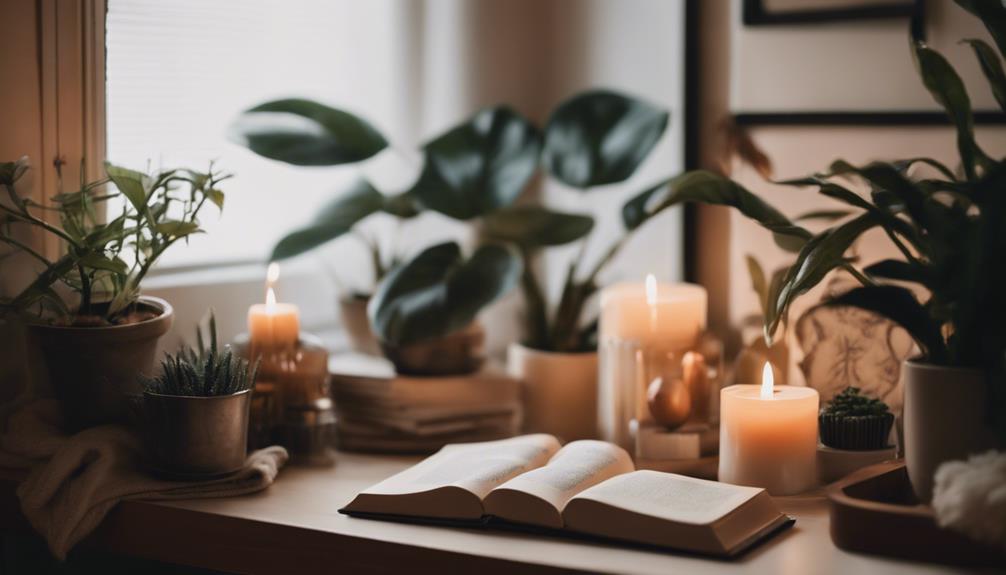
Building psychological resilience is essential for maneuvering the emotional challenges that arise during disasters and emergencies. You can strengthen your mental fortitude by implementing practical strategies that support your well-being.
Here are some effective ways to foster resilience:
- Establish a Routine: Create a daily schedule that includes time for work, relaxation, and self-care.
- Stay Connected: Maintain regular contact with family and friends to build a support network that can help you cope.
Frequently Asked Questions
How Can I Involve My Roommate in Emergency Preparedness?
To involve your roommate in emergency preparedness, start by discussing the importance of having a plan together. Create a shared emergency kit, assign tasks, and practice evacuation routes, ensuring you're both ready for any situation.
What Are the Best Apps for Tracking Disasters in My Area?
To track disasters in your area, download apps like FEMA, Weather Underground, or Alert Media. These tools provide real-time alerts, weather updates, and safety resources, helping you stay informed and prepared for emergencies.
Are There Any Grants for Apartment Emergency Preparedness?
Why should you face an emergency unprepared? Look for grants that support apartment emergency preparedness through local government programs or non-profit organizations. They often provide resources for essential supplies and training to enhance your safety.
How Do I Prioritize Items in My Emergency Kit?
To prioritize items in your emergency kit, focus on essentials first: water, non-perishable food, first aid supplies, and personal medications. Then, add items for warmth, shelter, and communication, ensuring you meet your family's specific needs.
What Should I Do if I Don't Have Space for Supplies?
If you don't have space for supplies, prioritize essentials like a first aid kit and non-perishable food. Consider compact items and utilize vertical storage. Regularly reassess and rotate your supplies to maximize efficiency.
Conclusion
As you transform your apartment into a survival haven, remember that preparedness is an ongoing journey.
Did you know that nearly 60% of Americans don't have a basic emergency kit ready? By taking proactive steps now, you not only safeguard yourself but also join the ranks of those who prioritize safety.
Regularly update your supplies and stay informed about potential risks in your area.
With a little effort and commitment, you can face any challenge with confidence and peace of mind.

